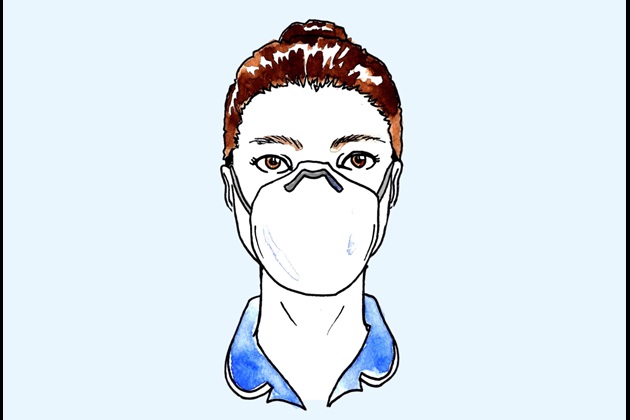Do you know the difference? If you're required to wear an FFP3 or FFP2 face mask, your employer must provide a fit test to ensure your safety. This is different from a fit check, which you need to do every time you put on an FFP3 or FFP2 mask. This guide explains

This is required to ensure there is an adequate personal fit and seal to protect the wearer from fine aerosols containing virus particles. Here's what you need to know.
- Faces can vary widely in shape, size and proportion, so selecting the correct model is vital for safe fit.
- Protection relies on achieving a good seal between the facepiece and the wearer’s face.
- Fit testing must happen during the initial selection of PPE, before the mask is worn in a hazardous environment.
- A fit test must be carried out whenever there is a change to the type or model of mask, or whenever there is a change in circumstances of the wearer that could alter the fit of the mask (for example, weight loss or gain or substantial dental work).
- The most common fit test method is the qualitative taste test but there is also the quantitative particle counting test.
- Fit testing must be carried out by a competent person as described by the Health and Safety Executive (HSE). Visit their site for more information.

This is required to ensure the fit of the mask is checked every time it is used. Here's what you need to know.
- Fit checking is not a regulatory requirement but should be regarded as good practice by the wearer.
- The user must be trained on how to carry out a fit check.
- A fit check is not a substitute for a fit test.
- When fit checking, wearers use negative and positive pressure techniques to judge the quality of fit.
For further RCN advice about PPE processes or equipment, visit our PPE advice guide.








